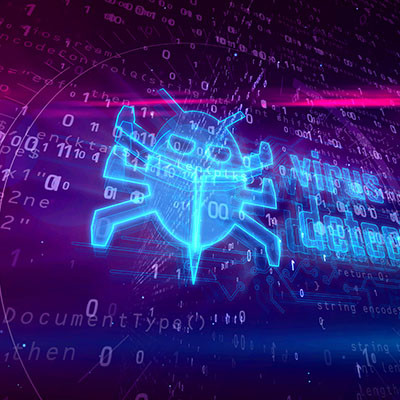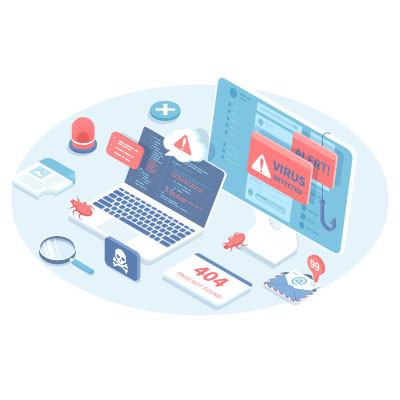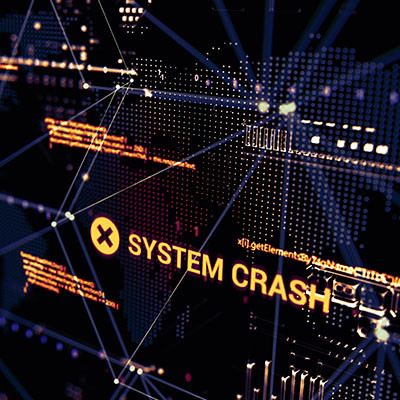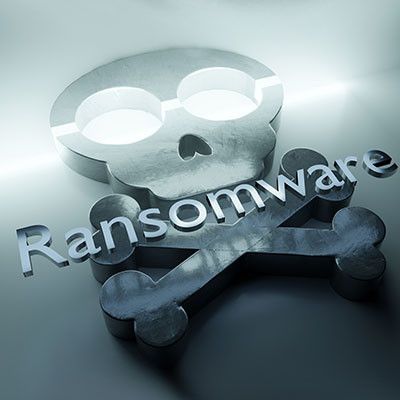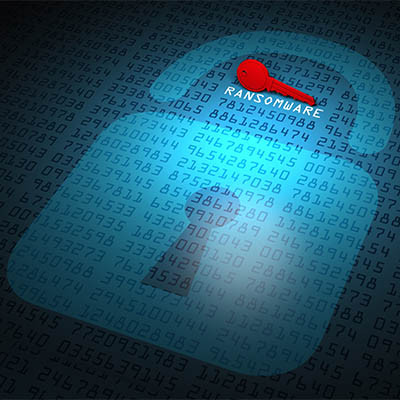Virtual Business Solutions Blog
Like many of the past few years, this year has witnessed a significant surge in high-profile ransomware attacks. If you haven't already strategized how to safeguard your business from these threats, now is the time to act. Fortunately, you can take several proactive measures to mitigate the impact of ransomware attacks, and it all starts with preparation.
2023 was definitely the year that AI became a household name. We’ve barely seen what artificial intelligence is capable of, and while industries are still coming up with more ways to use the technology, we’ve already seen countless examples of how people want to take advantage of AI for less savory purposes. 2024 is already shaping up to be the year that businesses need to protect themselves from AI-generated cybersecurity threats. Let’s take a look at everything you need to know as a business owner.
Chances are your business has a social media presence in at least some capacity, as it’s a good way to drive traffic to your business. However, hackers want to leverage this benefit against you. A new malware specifically targets Facebook business accounts to launch malicious advertisement campaigns using your own money against you.
The Internet is pretty great. You can watch videos of cats being weird, and then watch the London Philharmonic Orchestra perform Stravinsky’s Rite of Spring. Then you can go on Reddit and learn how to replace the drywall in your bathroom. Just another typical Sunday afternoon with the Internet, right?
Unfortunately, the Internet isn’t always perfect. It can be pretty dangerous, and we’d like to share some surprising terms that can lead to dangerous websites and malware if you search for them on Google.
I hate to be the bearer of bad news, but when it comes to cybersecurity threats it’s kind of hard not to be. I used to look at it from two sides; one side is fascinated at the innovation and intensely brutal ways that high-end cyberattacks work, and the other side of me loses sleep at night worrying about these risks affecting our clients, prospects, and even my own business. This one particular classification of cyberattack, however, takes the cake for being especially frightening.
Ransomware is one of the more dangerous threats out there for businesses of all industries and sizes. To help emphasize just how dangerous it is, however, you have to look past the initial threat of having to pay a ransom and look at the other risks associated with it. We’re here to try to get the point across that ransomware is something your business should absolutely be taking seriously.
Ransomware is such a common occurrence these days that it has entered the public discourse, but we also want to note that it’s such an important topic to discuss with your team that you can never talk about it enough. We want to address some of the most common questions we get asked about ransomware and what can be done about it.
In today’s business, the more robust an IT network is the more risk there is of system failure. This comes down to what is known as Murphy’s Law, which states anything that can go wrong, will go wrong. That’s why when coming up with a defense strategy, you need to mix smart IT management decisions with overwhelming redundancy to have a chance. In this week’s blog, we will outline some of the most common reasons for system failure and why you need a data backup solution.
There is a lot made about ransomware, for good reason. It is quite simply one of the nastiest cyberattacks out there and it demands your attention. A lot of people understand what exactly ransomware sets out to do, but they don’t understand how it got that far and how to address the situation if they have the misfortune of being put in that position.
WhatsApp is one of the world’s most popular messaging applications. With over 2 billion users, WhatsApp is known for its relative security, as it is one of the few messaging applications that offers end-to-end encryption. A modified version of WhatsApp, called YoWhatsApp, has been reportedly deploying malware.
Ransomware is one of the more dangerous threats out there today, and since it is so prominent and dangerous, it is a popular choice amongst hackers. To combat this threat, a community has formed around the cause, encouraging users to not pay the ransom by providing free malware removal tools for the most popular ransomware threats.
This past year saw a dangerous 86% increase in the most dangerous types of malware out there, so we want to ask you an important question: are you ready to protect your business from the different types of threats you might encounter? We know a technology solution that might help this mission along, and we want to share it with you today: artificial intelligence.
When we think about cybersecurity, we usually think about protecting our computers from viruses, right?
I’d imagine a few of our older readers remember a time when you would go to the store and buy antivirus software that came in a big brightly-colored box with a CD in it each year.
As you probably already know, things aren’t as simple anymore.
There are countless cybersecurity threats out there, many of which wait until very unfortunate times to strike. One such time is over extended weekends or holiday breaks, when many companies shut down operations longer than the usual two-day weekend. In fact, this is such an issue that the Federal Bureau of Investigation and CISA have issued warnings in response to them.
We know, we know; you’re probably sick of seeing ransomware in headlines, and so are we, but we cannot stress enough how important having an awareness of it is for any business owner. A new study has found that businesses infected by ransomware who choose to pay up experience a different type of fallout--one that is a major cause for concern and a stark reminder that there are no guarantees with ransomware. Ever.
There is an entire litany of stereotypes that are commonly linked to the term “hacker”… too many for us to dig into here, especially since they do little but form a caricature of just one form that today’s cybercriminal can take. Let’s go into the different varieties that are covered nowadays under the blanket term of “hacker,” and the threat that each pose to businesses today.






